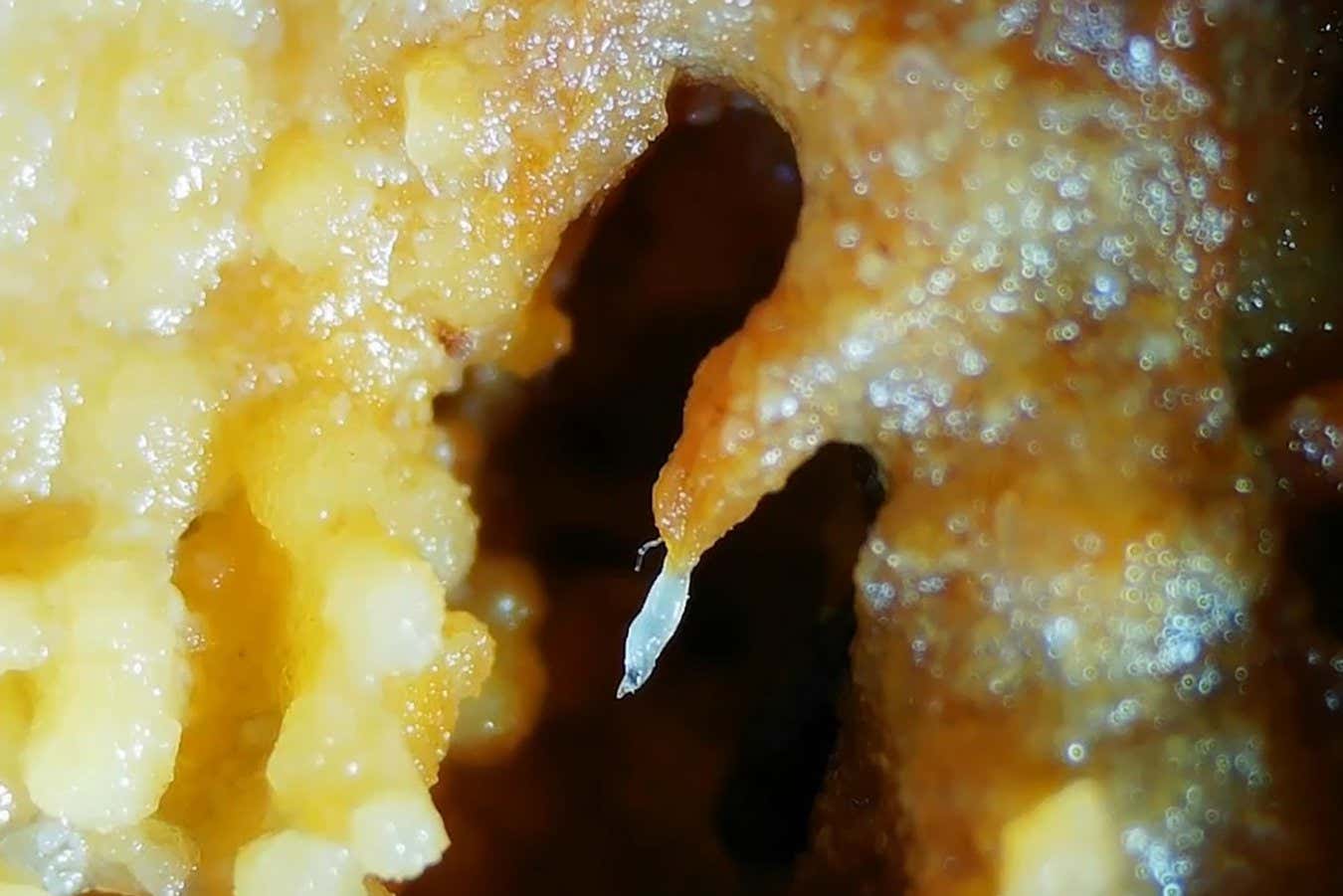Now Reading: Worms Form Tentacle-Like Structures to Navigate Together
-
01
Worms Form Tentacle-Like Structures to Navigate Together
Worms Form Tentacle-Like Structures to Navigate Together

Quick Summary
- Thousands of nematode worms can join together to form tentacle-like towers, known as “worm towers,” when food is scarce.
- the towers allow the worms to straddle gaps or hitch rides on larger animals for transportation.
- The phenomenon was studied by Serena Ding and colleagues at the Max Planck Institute of Animal Behavior in Germany, focusing on Caenorhabditis elegans and similar species.
- Towers are most likely formed under conditions of overcrowding, food shortage, and physical structures for assembly (e.g., toothbrush bristles).
– Without support structures, tower heights reached a maximum of 5 mm for a minute; on supports like bristles, they reached up to 11 mm and lasted half a day.
– Other species have been observed forming towers up to 50 mm high in certain cases.
- behavior was also documented in natural settings where worm towers formed on rotting apples in an orchard near the institute.
- When interacting with touchable objects (e.g., fruit fly legs), parts or all of the tower could hitch rides using insects for movement across distances.
Image: A “worm tower” growing on a rotting apple. [Credit: perez et al./Current Biology]
!campaign=RSS%7CNSNS&utmsource=NSNS&utmmedium=RSS&utmcontent=home”>Read More
Indian Opinion Analysis
The study uncovers captivating survival strategies among nematodes that highlight collective behavior as an evolutionary adaptation. While it may seem remote from everyday relevance to India, such research feeds into broader scientific discussions about cooperative mechanisms in living organisms-an area that increasingly intertwines biology with robotics and artificial intelligence.Moreover, observing these behaviors naturally occurring near agricultural spaces like orchards underlines their potential ecological importance regarding pest dynamics or soil health management. For Indian agriculture-where pests significantly harm crop yields-it raises questions about whether understanding nematode behaviors might offer new insights into enduring farming practices or biocontrol systems.
India’s scientific community interested in organismal behavior might view this finding as inspiration toward better studying native species’ ecosystems while seeking innovation solutions rooted within biological frameworks.




























